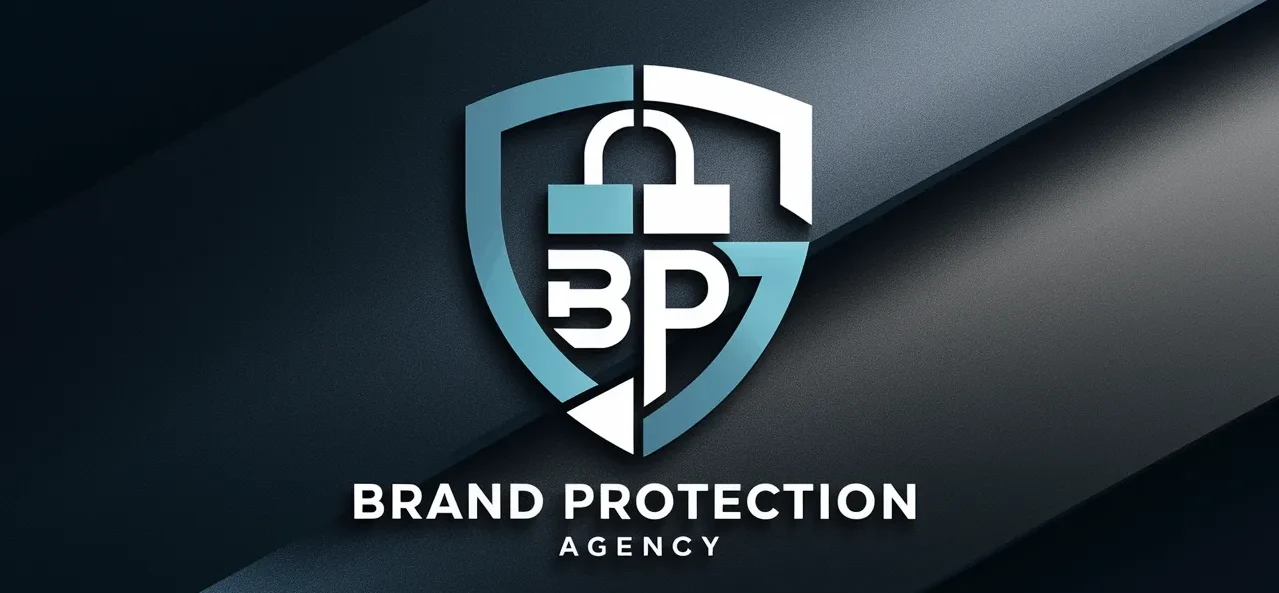While you might think that building brand equity is a complex and opaque process, examining a case like Radiance's application of the Customer-Based Brand Equity (CBBE) model makes it more accessible. By focusing on attributes that resonate deeply with their target audience—like 'classic' and 'stunning'—Radiance not only establishes a recognizable identity but also engenders strong customer loyalty. This strategic alignment between brand perception and customer expectation is crucial for sustainable brand success. Imagine how understanding this model could transform your own marketing strategies and the potential impact on customer relationships and loyalty in your business. What might be the first step in evaluating your brand's alignment with the CBBE model?
Exploring Radiance's Brand Strategy
Radiance, a designer watch company, actively incorporates the Customer-Based Brand Equity (CBBE) model into its strategic framework to enhance its market presence. By focusing on establishing a strong brand identity with attributes like 'classic' and 'stunning,' you're not just buying a watch; you're investing in a piece of timeless artistry. This strategic alignment ensures that every element of Radiance's offerings resonates with your aspirations and lifestyle.
To maintain and enhance brand equity, Radiance meticulously tracks performance and imagery. This isn't just about meeting sales targets but aligning every product with your expectations and the brand's core values. By regularly surveying recent customers, Radiance gains insights into customer perceptions, refining its brand strategy to enhance brand resonance further.
Your relationship with Radiance goes beyond a simple transaction. It's about building a bond that fosters customer loyalty through high engagement levels. The company's commitment to understanding and integrating your feedback ensures that the brand not only meets but exceeds your desires, creating a loop of continuous improvement and loyalty. This focus on customer relationships is central to Radiance's approach, ensuring that the brand remains a preferred choice for discerning customers like you.
Implementing the CBBE Model
How can a company effectively implement the Customer-Based Brand Equity (CBBE) model to strengthen its brand identity and customer loyalty?
Developed by Kevin Lane Keller, the CBBE model provides a robust framework for enhancing your brand's equity through a deep understanding of your customers' perceptions and emotions.
First, define your brand's identity. Who are you? What do you stand for? This foundational stage sets the tone for all marketing efforts and ensures that every message resonates with your target audience.
Next, delve into the meaning of your brand. It's crucial to convey not only the functional benefits but also the emotional rewards that distinguish you from competitors.
Then, focus on the customer responses your brand evokes. Are your marketing strategies cultivating the desired perception and emotional reaction? This stage is pivotal in transitioning from what your brand represents to how it's experienced by customers.
Measuring Brand Performance
To effectively measure brand performance, you'll need to track indicators like brand awareness, loyalty, and perceived quality. These factors are crucial in assessing customer-based brand equity as outlined in the Keller brand equity model. By focusing on these metrics, you're not just counting numbers; you're gauging the strength of the connections your customers have with your brand.
Data analysis plays a pivotal role here. It allows you to measure market share and customer satisfaction accurately. This isn't just about looking at the current figures; it's about diving deep into the data to uncover trends and patterns. You'll see how your marketing strategies are playing out and what impact they're having on your brand equity.
Moreover, keeping a close eye on these performance indicators helps you spot areas that need improvement. Perhaps your brand awareness is up, but loyalty isn't following. This discrepancy signals a need to adjust your approach. Similarly, monitoring changes over time can highlight growth opportunities that align with your brand objectives.
Enhancing Customer Relationships
Enhancing customer relationships is crucial for building brand loyalty and increasing engagement. When you prioritize strong customer relationships, you're not only boosting your brand equity but also creating a solid foundation for customer-based brand equity (CBBE).
This involves making each customer feel valued and connected to your brand, which can be significantly enhanced through strategic touchpoints and experiences. Here's how you can do it:
- Exclusive Email Offers: Regularly provide exclusive promotions and updates to your email subscribers. This makes customers feel special and keeps your brand at the forefront of their minds.
- Loyalty Programs: Implement loyalty cards and rewards programs. These initiatives reward repeat customers, reinforcing their purchase decisions and encouraging ongoing loyalty.
- Free Experiences: Offer free experiences related to your products or services. These can range from product trials to exclusive events, enhancing brand imagery and customer satisfaction.
- Community Engagement: Engage customers through shareholder potential and community forums. Hosting charitable events also strengthens social bonds and creates positive brand associations, making customers feel part of something bigger.
Building Sustainable Brand Equity
Building sustainable brand equity requires a strategic focus on consistent branding, customer relationship management, and regular measurement of key performance indicators. By aligning your brand values and brand meaning with customer expectations, you're setting a foundation that resonates deeply with your audience. It's not just about a logo or a tagline; it's about consistently delivering experiences that reinforce your customer brand.
Kevin Lane Keller's customer-based brand equity (CBBE) model is a powerful framework that can guide you in building customer-based brand equity. The brand equity pyramid, a part of this model, illustrates four key steps: establishing brand identity, creating brand meaning, eliciting brand response, and fostering brand resonance. Each level builds on the previous one, ensuring that your strategic brand becomes unforgettable.
To maintain this, you must regularly engage with your customers, listen to their feedback, and adapt. This ongoing interaction helps solidify customer relationships, which are central to sustainable brand equity. Remember, brand equity isn't static; it evolves with your market and customer base. By measuring indicators like brand awareness and loyalty, you can gauge your success and adjust your strategies accordingly, ensuring long-term profitability and a stellar brand reputation.
